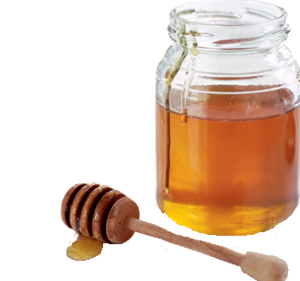
Problem[edit | edit source]
Chronic wounds such as pressure ulcers, leg ulcers and diabetic wounds are a common problem among older people and alternative methods to the current time-consuming and costly practices of wound management in the nursing home need to be identified.[1]
Summary[edit | edit source]
Honey has a potent antibacterial activity and is very effective in clearing infection in wounds and protecting wounds from becoming infected. It also has a debriding action, an anti-inflammatory action, and a stimulatory effect on granulation and epithelialisation.[2]
Raw honey is used. The action of the honey varies widely, and researchers have found particular honeys, including a certain Australian bush honey, to be especially effective.[verification needed]
Developers[edit | edit source]
Website[edit | edit source]
References[edit | edit source]
- ↑ Van der Weyden EA.T The use of honey for the treatment of two patients with pressure ulcers. Br J Community Nurs. 2003 Dec;8(12):S14-20.
- ↑ The potential for using honey to treat wounds infected with MRSA and VRE. Allen, K. L., Hutchinson, G., and Molan, P.C. Presented at the First World Wound Healing Congress, 10-13 September 2000, Melbourne, Australia
- J Altern Complement Med. 2003 Apr;9(2):267-73. The effect of dilution on the rate of hydrogen peroxide production in honey and its implications for wound healing. Bang LM, Buntting C, Molan P.</
- Trop Doct. 1980 Apr;10(2):91. The use of honey in the treatment of infected wounds. Armon PJ.
- JAMA. 1973 May 7;224(6):905. Honey for decubitus ulcers. Bromfield R.